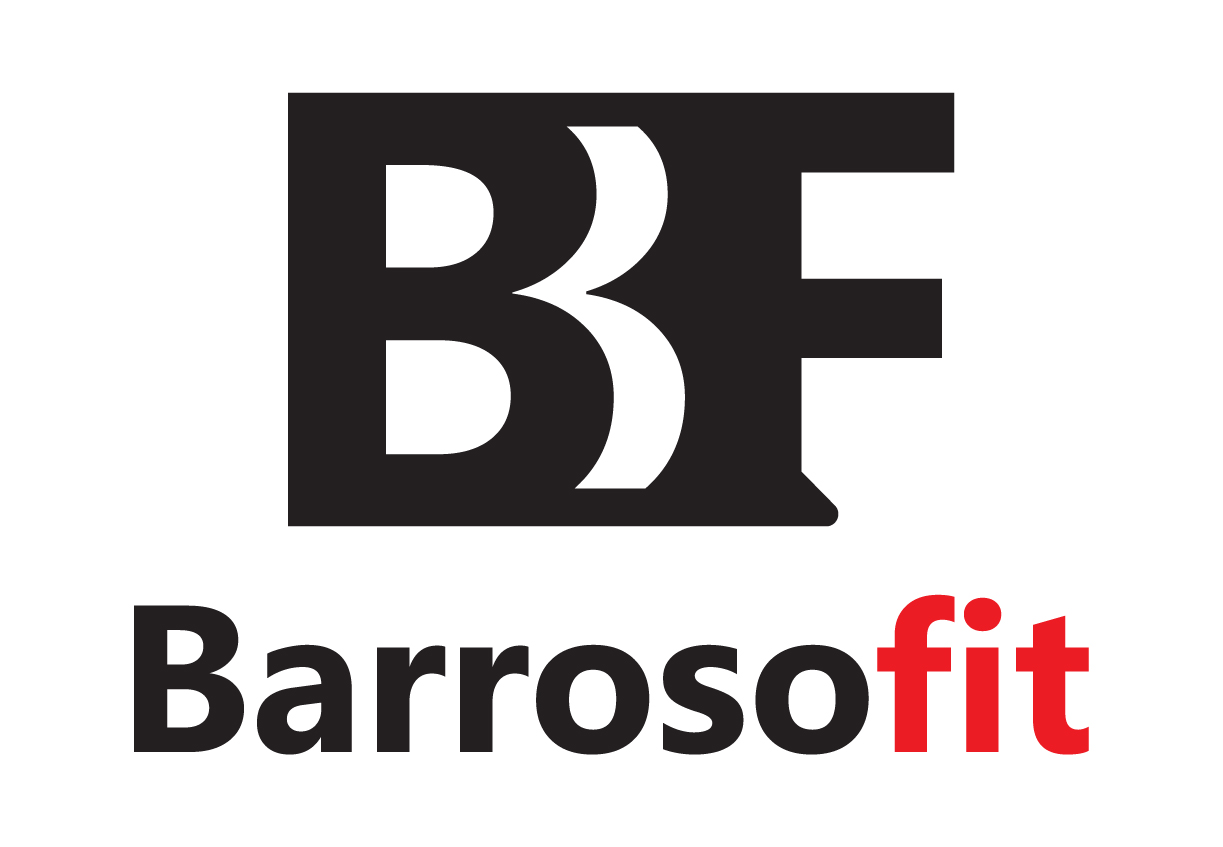Passing the Bar: Labdoor Tests Purity of 20 Protein Bars
WHAT IS LABDOOR?
Labdoor is an independent company that buys supplements off the shelves and from online retailers then sends them to an FDA-registered laboratory to analyze their actual ingredient content. Based in San Francisco, CA, Labdoor tests every supplement from BCAA’s to creatine to fish oil. They recently tested 20 of the best-selling protein bars on the market for actual protein content, other macronutrients, vitamins, minerals and toxic heavv metals such as lead, mercury, arsenic and cadmium. Before we get into which products scored best/worst, let’s examine Labdoor.
Labdoor is quite intriguing to me because they openly give sports nutrition products bad ratings such as “D,” yet they sell those same products either directly or through Amazon. All testing results are free yet the company is a for-profit business that generates revenue not through subscriptions, but by the direct supplement sales, Amazon Affiliate links, and their Tested for Sport Certification. The more supplement testing the better since the FDA sure isn’t testing them.
PROTEIN BAR PURITY TEST RESULTS
Of the 20 bars in the US tested, four of the products exceed California Prop 65 safe daily intake limits for lead (0.5mcg) in one serving, specifically PowerBar 20g, Vega Sport, Simply Protein and Pure Protein Bar. Vega Sport also exceeded limits for cadmium and mercury. Gatorade’s Recover Whey Protein Bar exceeded the World Health Organization’s recommended daily limit for sugar intake. That’s right: all of these products exceeded the DAILY LIMITS IN ONE SERVING.
See how that makes for an interesting business model? The consumer gets more testing results from Labdoor as the company makes more money but that comes at the cost of some consumers buying products with toxic metals or too much sugar in them. Simply put, that’s the sports nutrition business for you, but I do think people would pay for a Labdoor subscription to regularly get testing results of popular supplements.
THE PROTEIN BARS
Here is the complete list of protein bars studied, listed in descending order, starting with “highest quality.”
1. Quest Bar
2. Premier Protein
3. thinkThin High Protein Bars
4. MET-Rx Protein Plus Bar
5. Muscle-Tech Mission 1
6. Clif Builder’s Protein
7. Oh Yeah! ONE Bar
8. PowerBar Protein Plus
9. RXBAR
10. Pure Protein
11. Strong & Kind
12. Luna Protein
13. Rise Bar
14. SimplyProtein Bar
15. Zone Perfect
16. MusclePharm Combat Crunch
17. Gatorade Recover Whey Protein Bar
18. Nature Valley Protein Chew Bars
19. Power Crunch Original
20. Vega Sport Protein Bar
THE NUTRITION FACTS
Measured protein content was inaccurate compared to the nutrition label protein content number by an average of 2% across all of the protein bars. Fat content was different from label claims by an average of 11%, with MusclePharm containing nearly double the amount of fat listed on its ingredient label. Total calories of the MusclePharm Combat bar were 306 calories while the label claims 210 calories. I love protein bars and I’ve tried many of them, including the MusclePharm Combat Crunch, and I don’t eat the bar because of the calories it has: I look straight at the protein content.
Each bar had an average of 20 grams of protein per serving and Pure Protein Bar has the highest concentration of protein: 44% of calories came from protein. That’s the same brand that had lead in it. That’s a weird finding: a product is highly efficient in protein delivery yet that comes at the cost of some toxic metal. Rise Protein Bar lists 20 grams of protein on the label yet only contains 15 grams which is too much of a variation for my liking. It could be worse though, as we’ve seen with protein spiking in protein powders.
Met-Rx, Premier and Clif Builder’s bar all had between 341-468mg of sodium per serving, which is a lot, but compared to some boxed rice mixes, it’s around the same or even less. Eight bars contained sucralose, also known as Splenda, which was recently downgraded to “avoid” from “caution” by the Center for Science in the Public Interest, due to an animal study that found sucralose causes cancer. The bars measured nine grams of sugar per serving on average, which is a just about right at threshold for me when it comes to Greek yogurt. For protein powders, anything over six grams of sugar is a red flag but for bars, I’m more lenient.
FINAL THOUGHTS
Clearly, there are major supplement companies missing from the above protein bar list, BPI Sports, Optimum Nutrition and even Labrada, which has a popular “Lean Body” bar and shake. Labdoor claims to pick the products to test based on their popularity and suggestions from consumers. Those are two great ways to determine what products to test but if the decision were mine about which products to test, I would conduct surveys with fellow fitness professionals, athletes, and everyday consumers.
I absolutely love what Labdoor is doing in terms of providing free nutrition analytics about supplements, but there is a bigger picture here: why are some of the most “popular” products not performing well in tests? Why isn’t the cream rising to the top in the protein bar space, so literally all of the most popular products are the ones with the most purity, least toxic metals, least sodium, etc. One answer might be that you simply can’t taste the difference in quality: only a laboratory can distinguish the real from fake. Another reason is that people are buying protein for the sole purpose of treating it like a dessert/treat instead of a healthy snack. Instead of buying a Snickers or Hershey’s bar, someone might pick any protein bar, which may be healthier in comparison to a candy bar, but clearly still has its flaws in the protein bar space.
I’m looking forward to reading more reports from Labdoor and look out for their latest test of meal replacement drinks.
For more information about Labdoor, visit labdoor.com





